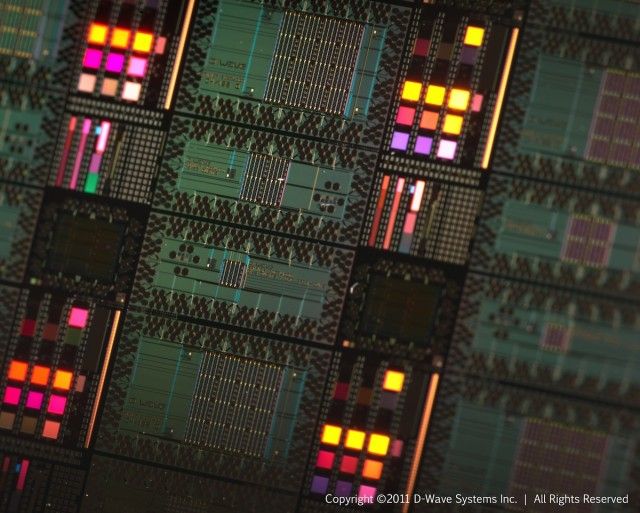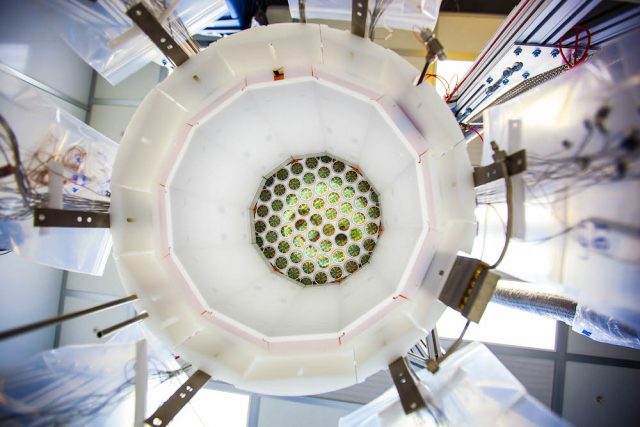
Just open access to +1.1 million papers, nbd.
Most of you have probably heard of arXiv.org by now. Basically, every paper I report on is probably on the arXiv in some form. The site hosts draft manuscripts in physics and astronomy. Many of them eventually appear in academic journals, although others will spend their entire existence in the arXiv.
Five years ago, I assumed that every field had its own equivalent of arXiv. So imagine my surprise when I tried to upload my first chemistry paper to the chemistry equivalent. Apparently, there was one—but publisher Elsevier eventually gained control of it and began requiring registration. The site is probably a wasteland by now.
Until recently, biology hadn't even managed to create anything that Elsevier would want to acquire. But now, biologists are finally getting on the pre-print train with a bioRXiv.







